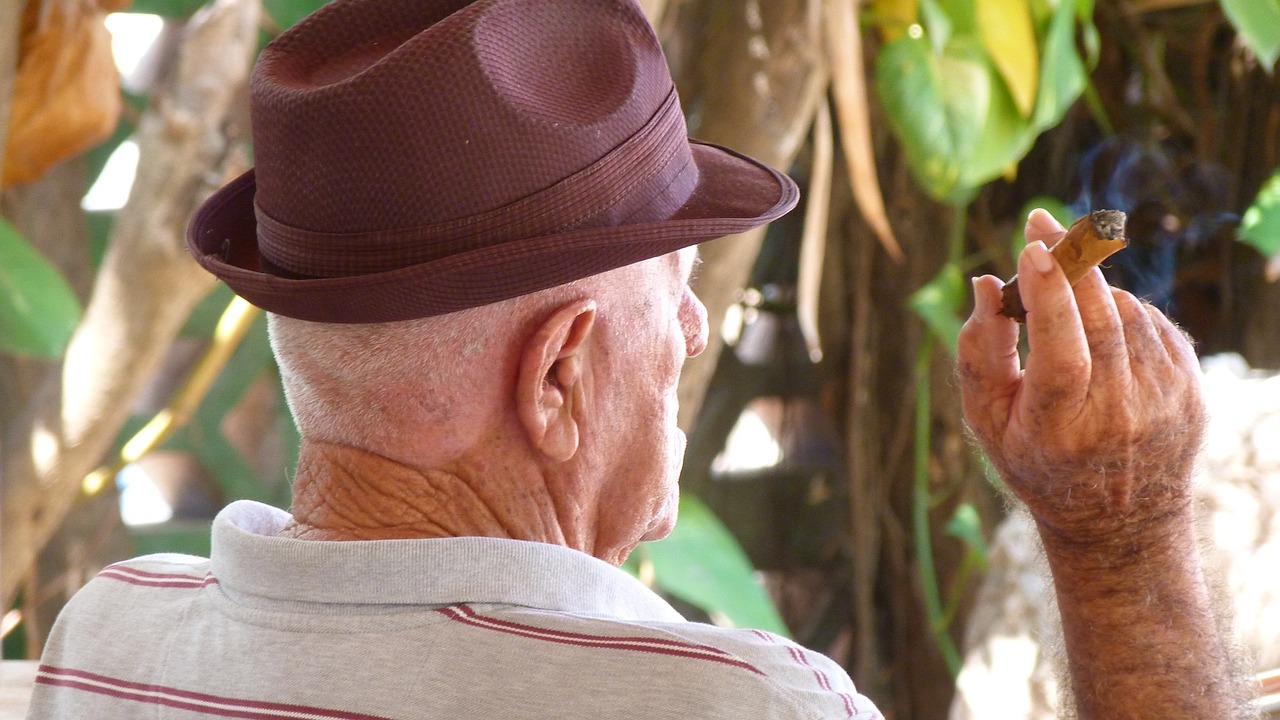
The numbers are sobering. Two out of every three cigarette smokers will die from the habit – from cancer, heart disease or other smoke-related illnesses. The CDC states that the life expectancy for smokers is at least 10 years shorter than for nonsmokers.
But once you’re already sick, does it really matter if you still smoke?
The answer is complicated.
Smoking is a personal choice, and each individual needs to make the decision on their own. Some terminally ill patients feel that smoking enhances their quality of life, and that’s their decision to make.
That said, smoking at end-of-life has additional risks beyond its contribution to the patient’s illness.
Smoking and Oxygen Tanks
One of the most serious risks of smoking at end of life is the combination of cigarettes and oxygen machines. While we think of oxygen being all around us, the air we breathe naturally is only 20% oxygen. Portable medical oxygen is close to 100% oxygen, making it extremely flammable.
Most patients recognize this risk, but what they may not realize is that the danger persists even when the tank has been turned off. Oxygen builds up in the home, in clothing and even your hair, putting the patient at risk.
Should a patient or family member need to smoke in a home with oxygen tanks, they must first turn off the tank, then wait 10 minutes for the oxygen to decrease in the home and on the person before going outside to smoke.
“Patients don’t smoke around me, but I know some of them take risks when I’m not around,” says Crossroads Hospice & Palliative Care Nurse Tasha Birchett, RN. “What patients need to understand is that you still have particles of carbon monoxide on you, and if you put the oxygen too close to those particles, you risk an explosion.”
Where There’s Smoke, There’s Fire
The other major risk is for smokers at end of life is the increased chance of accidentally starting a fire.
One of the most dangerous places for anyone to smoke is in bed. Unfortunately, for smokers who are ill, their bed often becomes the place where they spend most, if not all, of their time.
Between illness and medication, terminally ill patients frequently drift off to sleep without warning. If they are smoking when this occurs, the lit cigarette may fall from their lips, causing burns or igniting bedding.
Even when smokers take the precaution of not smoking in bed, the risk for fires remains. End-of-life patients become weaker as they decline. If a lit cigarette drops from their hands, they may not be able to bend down and pick it up.
Every Breath Counts
While smoking is a choice, studies show that the benefits of quitting smoking begin as quickly as 20 minutes after you stop as your heart rate and blood pressure drop. Within 12 hours, the carbon monoxide level in blood returns to normal. Within a few months, coughing and shortness of breath decreases.
If you or someone you love would like to quit smoking, please reach out the American Cancer Society for tips and support at 1-800-227-2345.
If you have questions about end-of-life care for smokers or non-smokers, please call Crossroads Hospice & Palliative Care at 1-888-564-3405.
If you found this information helpful, please share it with your network and community.
Copyright © 2016 Crossroads Hospice & Palliative Care. All rights reserved.
